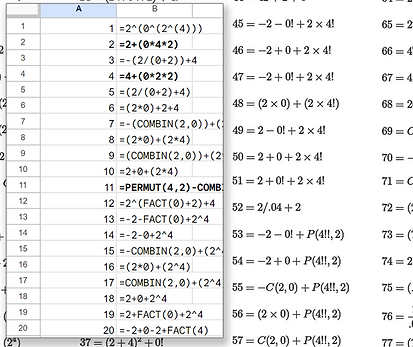
Competitions Archive
A collection of all the competitions the STEM Hub Team have run
To view the winning entries of the competitions, visit the Wall of Fame.
Summer 2021 Competition

Pictured above is a practical carried out by a student to investigate the effect of vinegar on coins.
This was our first ever STEM competition and we started with a separate competition for each strand: Science, Technology, Engineering and Mathematics. We were impressed to see entries for the Science strand, where students carried out a mini-scientific practical; the Engineering strand, where students used coding to create a countdown timer; and the Mathematics strand, where students used a stimulation to calculate how many people need to be vaccinated so that there can be herd immunity. You can see the winning entries on the Wall of Fame.
Spring 2022 Competition

Pictured above is a bridge designed by a student as part of this competition.
This competition challenged KS3 students to build a bridge that can hold the most possible weight without breaking or without the weight falling over. Students were only allowed to use certain types of material, and had to research into the structure of the bridge and its shape to find the most effective build for their bridges. Our experienced STEM Hub Team conducted the show-off where weights were used to determine the strongest bridges. The bridges designed by students won in many different categories, which can be seen on our Wall of Fame.
Summer 2022 Competition

Pictured above is the winning entry, looking into the tetanus toxoid vaccine.
Students were asked to research a turning point in science between 1920 and today as part of this competition. Inspiration and guidance was provided, and led to the amazing winning presentation which can be seen on the Wall of Fame.
Spring 2023 Competition

Pictured above is the winning entry, a mathematical game created by a KS3 student.
Students were asked to create a puzzling mathematical game that had to be put into practice as part of this competition. There were no rules, which led to the amazing winning presentation which can be seen on the Wall of Fame.
Spring 2023 Competition

Pictured above is the winning entry, a poster demonstrating good lab safety.
Students were asked to create an informative, but eye-catching poster on lab safety. There were a multitude of entries that really caught our attention and showed a diverse range of approaches to this challenge, but all of them managed to portray a great example of health-and-safety lab rules that we should follow, such as the winning poster shown above.
Spring 2023 Competition

Pictured above is the 0 percent quiz, which is a STEM quiz.
Students participated in the 0 percent quiz, which is a thought-provoking quiz that tested students on their ability to think critically and answer questions, that, statistically fewer and fewer people are able to answer.
Autumn 2023 Competition

Pictured above is some of the winning entry, which managed to find formulas for 97 out of 100 numbers.
Students were challenged to a mathematical exercise in which they had to obtain the numbers 1 to 100 using just the digits 2, 0, 2 and 4. Using spreadsheet software, students were allowed a limited set of operators, like addition, subtraction, multiplication, division, as well as combinations, permutations, factorials, and square roots. With these very limited options, students had to come up with constant innovations and creative ways of obtaining different numbers.
Spring 2024 Competition

Pictured above is the Time Attack STEM Quiz.
Students took part in a Time Attack STEM Quiz for the 2024 British Science Week. The theme was "time", and every section each had a time-related gimmick. Students had to think fast and act fast to come up with answers which earned them points. At the end of each section, there would be a mini time-limited task, and any points earned would go into extra time.
Summer 2024 Competition

Pictured above is Minecraft, a potential medium for demonstrating STEM ideas.
Students were given the opportunity to teach and explain a STEM topic of choice using the medium of video games. Under the flexible rules, participants could choose to do anything they wanted, such as visualizing a scientific law, diving into the mechanics of a video game, or creating an interactive lesson within a game.